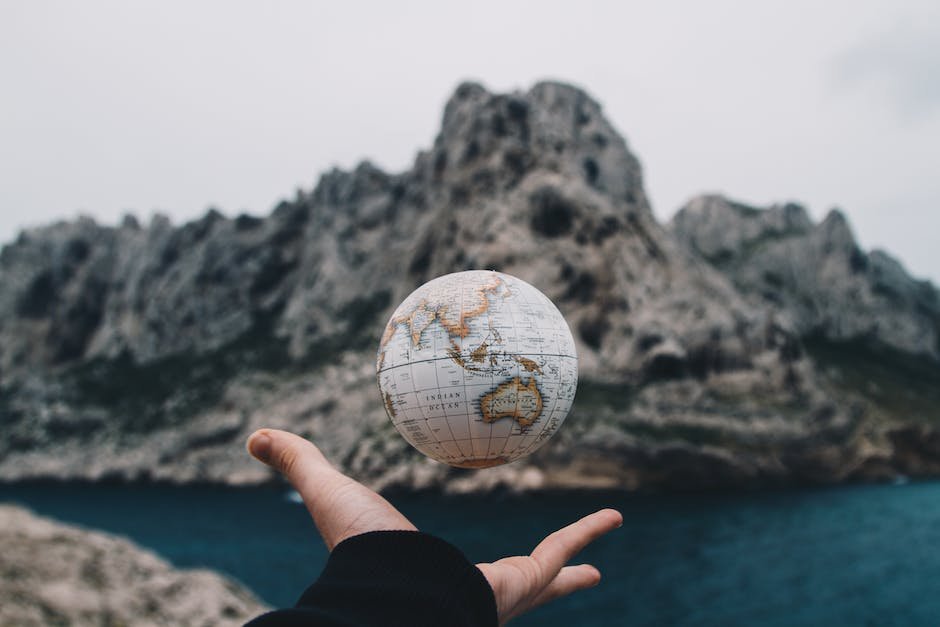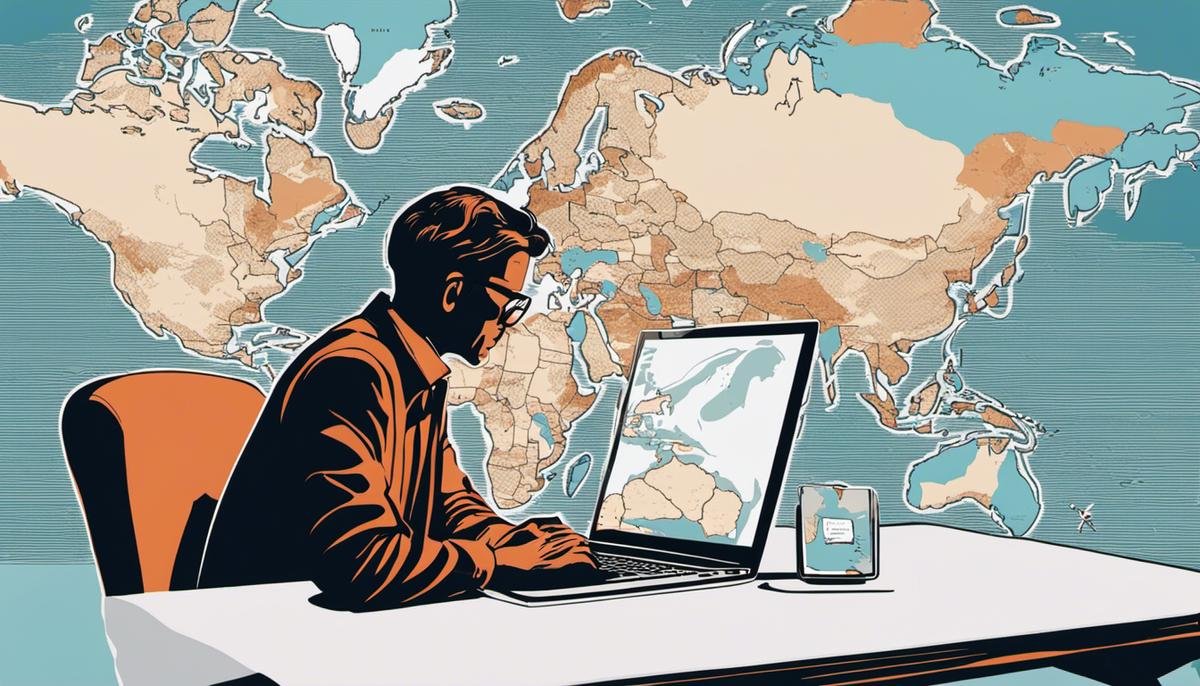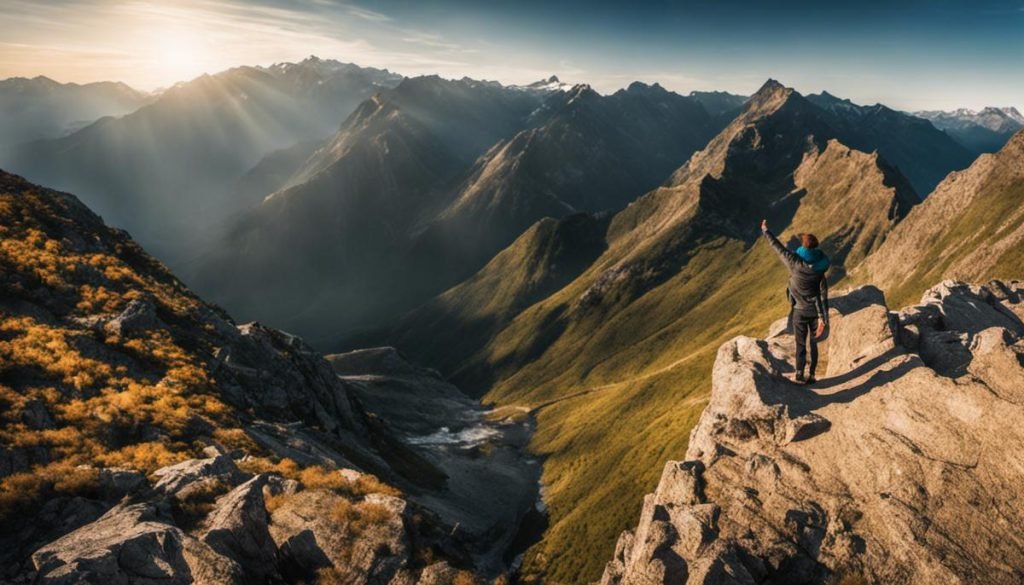The allure of the open road, the intrigue lies in unfamiliar territories, and the exhilaration of new experiences await as you plan your solo journey. A solo trip can be an eye-opening, enriching, and liberating experience, but it requires careful planning. To ensure you have a seamless travel experience, certain factors need careful consideration – destination research, budgeting and itinerary planning, preparing for emergencies, and packing essentials can make the difference between a good and a great trip. Having a proficient understanding of the country’s culture, local transportation, safety precautions, and cost of living can indeed help you navigate the intricacies of foreign lands.
Destination Research
Researching your Destination: Starting with Basics
Before you start planning your solo trip, it’s essential to learn all you can about your destination. Look at what the city or country is famous for and what unique experiences it offers. Discover the main tourist attractions, sites of interest, and recommended activities in the area to get an insight into what draws people to this location.
Understanding Local Culture
Prepare to immerse yourself in the local culture and traditions of your chosen destination by getting familiar with its customs. This means understanding religious practices, etiquette, and basic local phrases, if applicable. Cultural understanding could enhance the authenticity of your experience and help you blend in with the locals, making your trip more enjoyable.
Public Transportation Insights
Public transportation can be very different from one place to another. Research how locals get around to identify the most cost-efficient, safe, and convenient transportation method. This may include buses, taxis, bikes, scooters, or walking. Also, consider the reliability and coverage of the public transportation system, especially if you plan to stay outside the city center.
Expecting Weather Conditions
Knowledge about the weather conditions during your trip will dictate what to pack. You should also consider whether the climate will affect your plans or if any season-specific events are scheduled that could enhance your trip. Check the typical weather during your planned travel dates and adjust your itinerary and packing list accordingly.
Checking Safety Measures
Safety should be a top priority. Look up travel advisories or warnings for your desired location. Certain neighborhoods could have crime rates higher than others, so it’s essential to familiarize yourself with these areas if possible. Also, read about the local norms and rules to avoid finding yourself in trouble.
Calculating Cost of Living
Getting an idea of the cost of living at your destination will help plan your budget. Look into accommodation, transportation, meals, and entertainment costs. Examine different areas within the location, as prices can vary. Check currency exchange rates and typical tipping practices as well.
Visa and Vaccination Requirements
If you’re traveling internationally, check whether you need a visa to enter your destination country. Some countries require certain vaccinations for incoming travelers as well, so research this as part of your planning. Remember, processing these requirements can take time, so start early.
Summing up Destination Research
In essence, conducting thorough research about your destination gives you a first glimpse into what your solo trip might be like, while equipping you with the knowledge to make informed decisions and prepare adequately.

Budgeting and Itinerary Planning
Step 1: Initial Planning and Research
Before booking flights or accommodation, research your destination thoroughly. Make note of the cost for different types of accommodation, the estimated cost of meals, and transportation costs within the city. Additionally, look up the prices for attractions or experiences that you’re interested in. This will give you a good idea of the local cost of living and allow you to budget your trip more accurately. Remember to include costs for emergencies or unexpected expenditures which may arise.
Step 2: Build a Budget
Once you’ve researched your destination, start determining your budget. Make a list of all costs associated with your trip including airfare, accommodation, meals, transportation, insurance, visas, attractions, souvenirs, and emergencies. If your initial estimate exceeds your budget, identify areas where you can save. Opt for budget-friendly accommodation options, self-cater meals, use public transport, and prioritize attractions to maintain your budget requirements.
Step 3: Draft an Itinerary
With a budget in mind, start creating a flexible itinerary. List the attractions and activities you’re interested in. Prioritize this list by how much you want to do or see and factor in their cost. Note the operating hours and the estimated time needed for each activity. Understand that you might not be able to do everything, so plan accordingly.
Step 4: Accommodation and Transportation Planning
Choose your accommodation according to your budget and the proximity to the attractions in your itinerary. Booking accommodation in advance often lands you with better deals. You should also book your transportation in advance as tickets are usually cheaper if purchased well ahead of time.
Step 5: Day-by-day Activity Planning
Break down your itinerary day by day. Schedule your activities, ensuring you allow plenty of travel time between destinations. Also, factor in meal breaks and account for rest periods. Remember to keep the itinerary flexible. Don’t cram too much into each day; travel often comes with unforeseen challenges, delays, and opportunities which might require you to re-adjust your plans.
Step 6: Emergency Planning
Allow a portion of your budget for emergencies. This might include medical emergencies, unforeseen travel costs, or even a sudden change in plans. Having a flexible, well-budgeted plan will give you the peace of mind to be able to handle anything that comes your way during your solo trip.
Remember, planning a solo trip can be an exciting process, allowing you to tailor your journey to your exact preferences. Patience and flexibility while planning can ensure a memorable and rewarding experience.

Preparing for Emergencies
Understanding Travel Insurance
Travel insurance is a type of coverage that protects you against various losses that might occur during travel. It can cover direct financial losses such as trip cancellation and interruption, as well as medical expenses incurred overseas. Depending on where you’re going, consider purchasing insurance for medical evacuation too, in case you need to be transported to a nearby hospital or back home for medical treatment. It’s crucial to research different travel insurance options and understand what each policy covers before making your decision.
Emergency Contacts
Before you set off on your solo trip, ensure you have a list of emergency contacts readily available. This should include the local emergency numbers (police, ambulance, fire departments) for the country you’re visiting. Also include contacts of a trusted family member or friend who can be notified in case of an emergency. Write these numbers down and save them in your phone. You can also leave a copy with your trusted contact back home.
Preparing Copies of Important Documents
Having copies of your important documents is a crucial part of emergency planning for your solo trip. Create digital and physical copies of your passport, driver’s license, travel tickets, hotel reservations, and travel insurance cards. In addition, carry copies of any other identification documents that you may need. These copies can be a lifesaver if your original documents are lost or stolen. Store your digital copies in a secure online location, like a password-protected cloud service, and keep physical copies separate from your original documents during your trip.
Special Medication and Necessary Gear
If you need special medication, be sure to pack an adequate supply to cover your entire trip, plus a little extra in case of delays. Carry a copy of the prescription and note from your doctor explaining what the medication is and why you need it, especially for medicines that aren’t common. If traveling to remote locations, a basic first-aid kit and items such as a water purifier, survival blanket, tactical flashlight, and compact multi-tool could be lifesavers. Remember to pack a few protein bars, dried fruits, or other non-perishable foods in case of emergency.
Maps and Compass
While smartphones and GPS devices are extremely helpful, there can be situations where you may not have access to a charge or a signal. In such scenarios, a physical map and compass are indispensable tools. Prior to your trip, familiarize yourself with how to read a map and use a compass. This will provide an added layer of safety and confidence, especially if you’re venturing off the beaten path.

Packing Essentials
Understand Your Destination
Before you start packing, do some research about your destination. Check the weather forecast, consider the cultural norms, and think about the activities you plan on doing. These factors will heavily influence the type of clothing, accessories, and gadgets you need to bring.
Clothing Essentials
Firstly, your attire should mirror your itinerary. If your trip involves a lot of walking, comfortable shoes and clothes are a must. For cold weather locations, layering is the key — bring thermals, sweaters, and a good quality coat. For warmer destinations, pack light, breathable clothing. Don’t forget swimwear if you’ll be going swimming. It’s also valuable to pack at least one nice outfit for fancier locations or events. Always check the local cultural practices for dressing, some countries are strict about covering certain body parts.
Toiletries
Invest in travel-sized toiletries to save space. The essentials usually include a toothbrush, toothpaste, shampoo, conditioner, body wash, deodorant, and any personal hygiene products you may need. A travel towel is also nice to have. IMPORTANT: If you’re flying, remember the liquid restrictions for carry-on luggage.
Gadgets
The type of gadgets to take will depend on the nature of your trip. If you’re going to a city with secure WiFi access, you may just need your smartphone. A portable charger can be handy to keep your devices powered up. For more remote places, an international SIM card or a portable WiFi hotspot could be useful.
Other Essentials
Always pack copies of your passport, ID, and travel insurance. Carry a basic first-aid kit with medicines for minor illnesses or injuries. Depending on your destination, you might need a reusable water bottle, a map, a travel guide book, or even a language translation book. Lastly, a good book or some other form of entertainment can make lengthy travel times more bearable.
Packing your Luggage
Once you have gathered all these essentials, the key is to pack lightly and efficiently. Roll your clothes instead of folding; it not only saves space but also prevents wrinkles. Put your socks and small items inside the shoes. Keep essentials, like passport, wallet, and a set of clothing, along with valuables in the carry-on.
Pack Accordingly, Travel Wisely
Packing smartly can make your solo trip smoother and more enjoyable. Whittle down to the essentials, and remember, most items can be purchased at your destination if need be.

Armed with these plans, any traveler can ensure they are ready to navigate their solo trip with confidence and security. An unforgettable journey often begins not at the departure gate or on the open road, but at the kitchen table or behind a computer screen, where every booking, reservation, and precaution is carefully considered and applied. And, with a well-packed bag that caters to your needs while not weighing you down, you’ll be all set to soak in the experiences that await you. So, pack your bags, cross-check your plans, and venture out into the world to create memories that will last you a lifetime!
Writio is an AI-powered content writer that crafts high-quality articles for websites and blogs. This page was created by Writio to save you time and effort.




